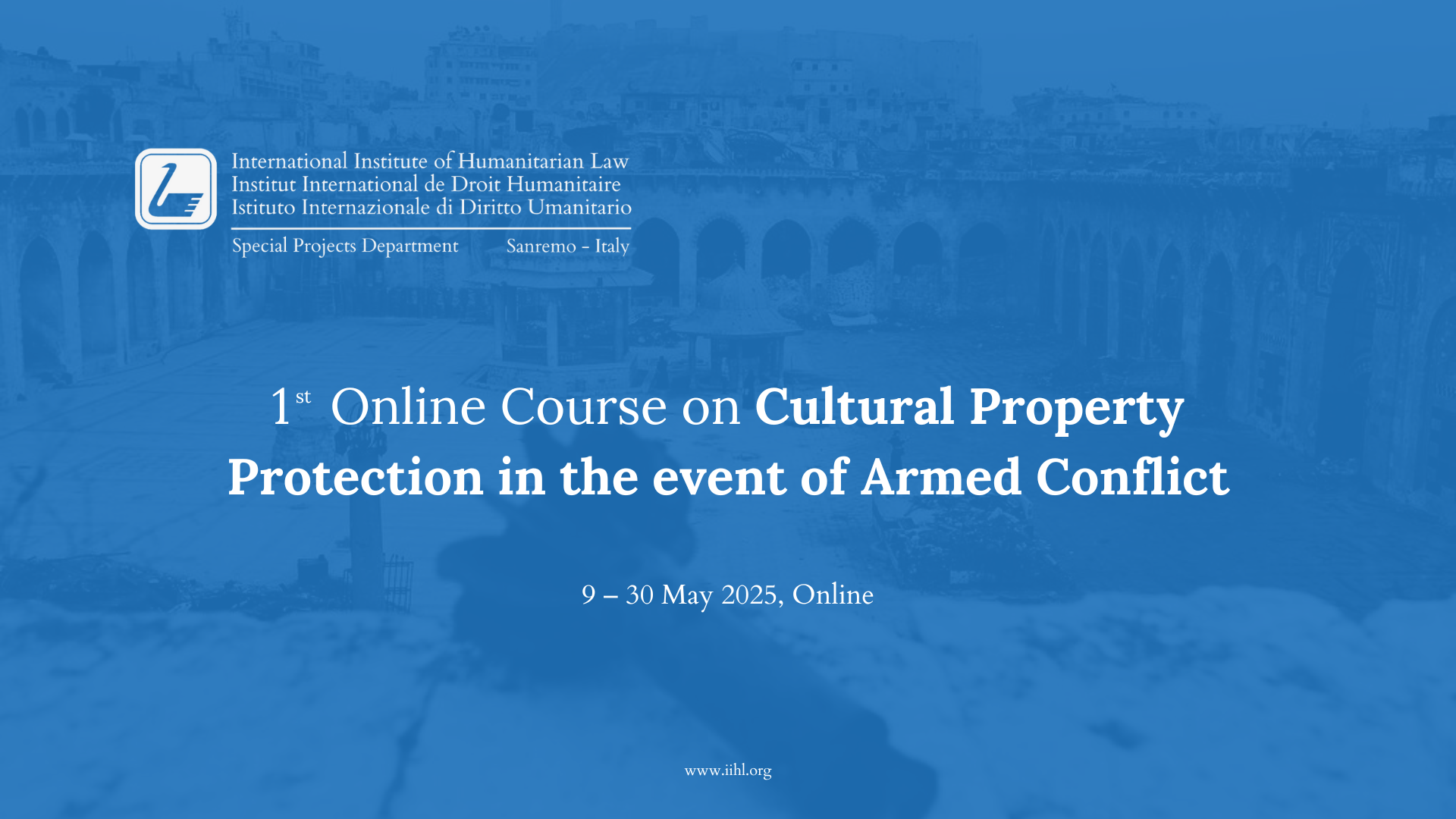
Cultural heritage — encompassing historical monuments, works of art, archaeological sites, and many other buildings and objects of cultural value — forms a vital part of the collective memory, identity, and values of communities.
In the event of armed conflict, this heritage faces significant risks, not only from incidental harm such as collateral damage or looting but also from deliberate attacks aimed at erasing a population’s connection to its history. As a result, over recent decades, culture has increasingly become a frontline casualty of war, with its damage and destruction exploited by belligerents to incite violence, hatred, and vengeance. Such acts undermine social cohesion, destabilise communities, and exacerbate conflicts, making the path to sustainable peace even more challenging.
Recognising the universal importance of cultural heritage for fostering peace, international law has evolved to protect it during armed conflict. This legal framework is reinforced by best practices from military and civilian actors, who must integrate heritage preservation into broader strategies for peace and security. By adapting tools, behaviors, and developing skills to safeguard cultural property, military forces, civilian personnel, and other stakeholders contribute to a more comprehensive and sustainable approach to the conduct of hostilities, conflict resolution and post-conflict recovery, besides preserving invaluable testimonies of a specific community and humanity at large.
